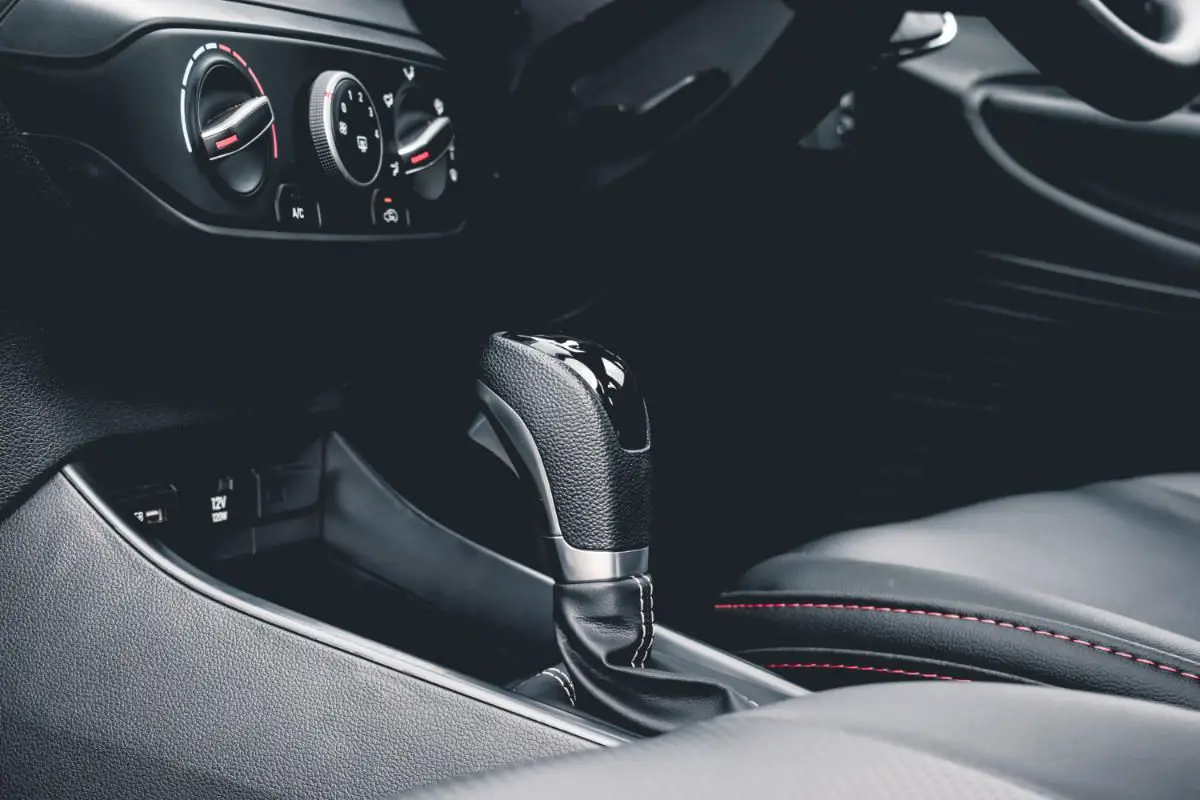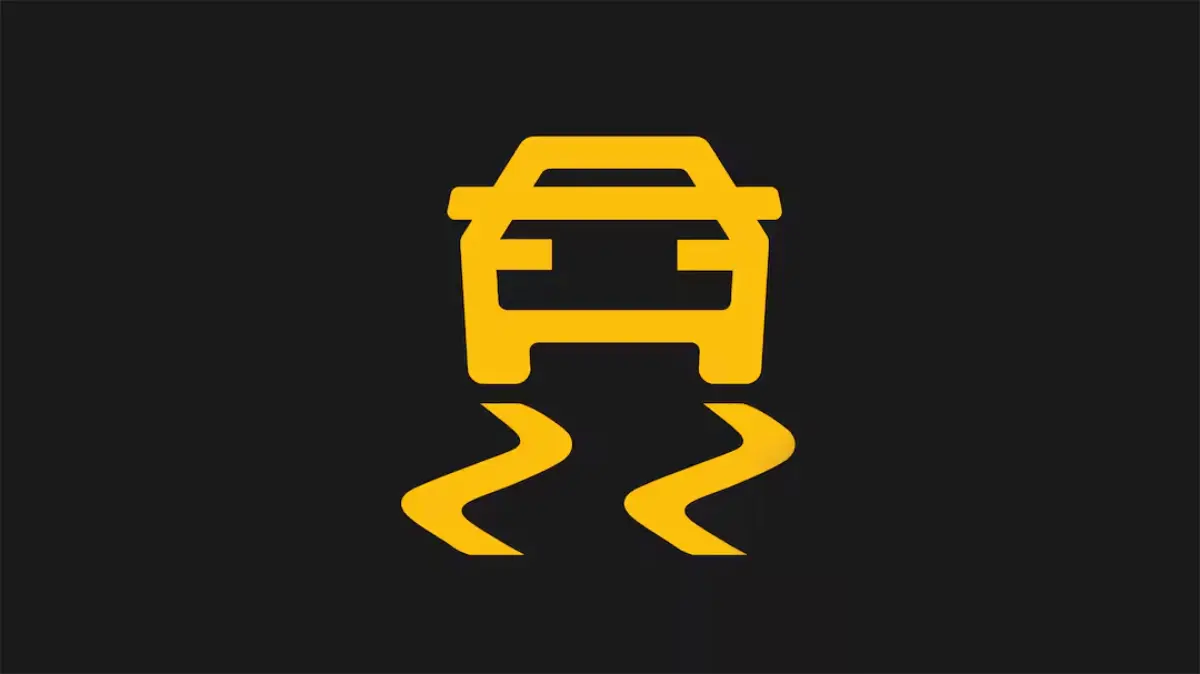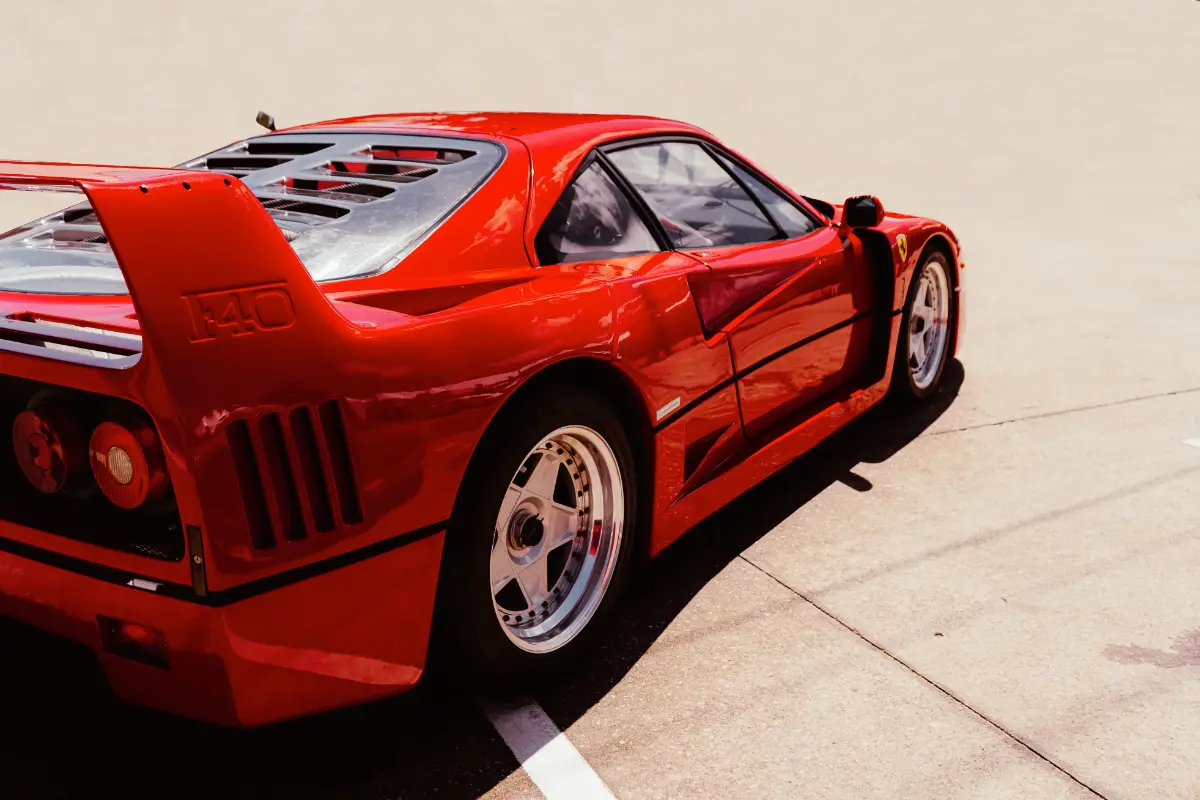When Was the First Automatic Transmission Invented?
Learn about the history of the automatic transmission and what it was that made it so commercially successful.

While the manual transmission is considered to be the transmission of choice for driving enthusiasts, most people tend to opt for an automatic. It makes sense; most people just use their cars for regular commuting and an automatic transmission makes a car way easier to use for such a purpose.
Today, we'll be talking all about the history of the automatic transmission, including who actually invented it and who it was that made it so popular commercially. We'll also go over how an automatic transmission actually works, so read on if you're interested to learn more.
Who Invented the Automatic Transmission?
It can be hard to pin down who exactly invented the automatic transmission to begin with; the answer changes depending on what source you're looking at.
Many historians consider the first automatic transmission to be the one belonging to the 1904 Sturtevant horseless carriage, built by the Sturtevant brothers of Boston. This early automatic transmission had two forward speeds (but no reverse gear) and was driven by weights attached to the engine.
However, this gearbox was unable to cope with the stresses placed on it, and was prone to breaking whenever it was asked to shift. It wasn't until almost 20 years later that another serious attempt at creating an automatic transmission for cars was made.
Other historians consider the first automatic transmission to be the one invented in 1923 by Alfred Horner Munro, a Canadian engineer. Munro was primarily a steam engineer, and his design was unique in that it used compressed air instead of hydraulic fluid to actuate the gears.
Unfortunately, this meant that Munro's gearbox wasn't powerful enough to be useful for most commercial applications, so his design never really caught on. It wasn't until almost 10 years later in 1932 that the first automatic transmission that used hydraulic fluid was invented (this time by Brazilian engineers Fernando Lehly Lemos and José Braz Araripe).
In the years that followed, companies like Chrysler and General Motors produced their own versions of the hydraulic automatic gearbox, but these functioned quite differently from the automatics we have today.
In truth, these gearboxes were only partially automatic; these semi-automatic gearboxes could shift on their own when the car was moving at speed, but shifting a gear while the car was stopped required the use of a clutch pedal.
Who Made the Automatic Transmission Commercially Successful?
It wasn't until the first true automatic transmissions came along that the idea started to see some measure of real success. The first real automatic transmission, referring to the first transmission to not use any kind of clutch at all, was the famous Hydra-Matic four-speed automatic.
The Hydra-Matic transmission was invented in 1939 by General Motors, and was first included as an option in several models under their Oldsmobile brand. Originally, the cost of the optional Hydra-Matic was $57 ($1,152 adjusted for inflation), but by the following year the price had been raised to $100 ($1,912).
The Hydra-Matic was pretty similar to the modern automatic transmissions we have today, except it uses a fluid coupling instead of a torque converter. As a result, modern transmissions are much more efficient when it comes to transmitting power from the engine through the transmission. If you don't know what a fluid coupling or a torque converter are, don't worry; we'll explain the difference in the next section.
One other big difference of the Hydra-Matic compared to any automatic transmission you might find today is that the Hydra-Matic didn't have a separate position for putting the car into park; you could shut off the engine at any time regardless of what gear the transmission was in.
If you wanted to prevent a car with a Hydra-Matic from moving when the engine was off, what you had to do was shut the car off and then shift into reverse, which would lock the drivetrain. You had to be careful though, because not only could you shut the car off in any gear, but you could also start it in any gear.
This meant that if you had the car in drive when starting it, it would start moving immediately as soon as the engine was on. The only way to avoid this was to have your foot on the brake or to make sure the transmission was in neutral before starting the car.
How Does an Automatic Transmission Work?
We've gone over the history of the automatic transmission at length now, but what about how these transmissions actually work? Automatic transmissions are pretty interesting examples of machinery, particularly when it comes to how they solved the problem of eliminating the clutch.
First off, an overview of the gearsets used in a transmission. Automatic transmissions use what's called a planetary gearset, which consists of a central gear (the sun gear), two or more "planet" gears that rotate around the central gear, and a ring gear that surrounds the sun and planetary gears.
By locking specific gears in a planetary gear set, this allows the gearbox to use a variety of gear ratios, and allows the gearbox to drive the wheels in reverse. The design of planetary gears also makes automatic transmissions fairly compact.
Now, let's finally explain how a torque converter works, and what the differences are between a torque converter and a fluid coupling. Torque converters and fluid couplings are pretty similar in terms of their overall design, but torque converters have one key difference that makes them more efficient.
A torque converter consists of of five main components; the input turbine (also called the impeller or the pump), the output turbine (also just referred to as the turbine), the stator, the hydraulic fluid, and the torque converter housing. All of the other components are located inside the housing, which is sealed to prevent any fluid from escaping.
Inside the torque converter, the input turbine is connected to the engine's flywheel, while the output turbine is connected to the driveshaft. The stator is a third turbine that sits between the other two turbines. As the engine turns, the flywheel spins the input turbine, which moves the hydraulic fluid against the output turbine and causes that to spin also.
Once the fluid passes over the blades of the output turbine, it gets redirected back to the input turbine. This is where the stator comes in; it alters the flow of the fluid to prevent it from interfering with the rotational motion of the input turbine. The main difference between a torque converter and a fluid coupling is that torque converters have stators while fluid couplings don't.





